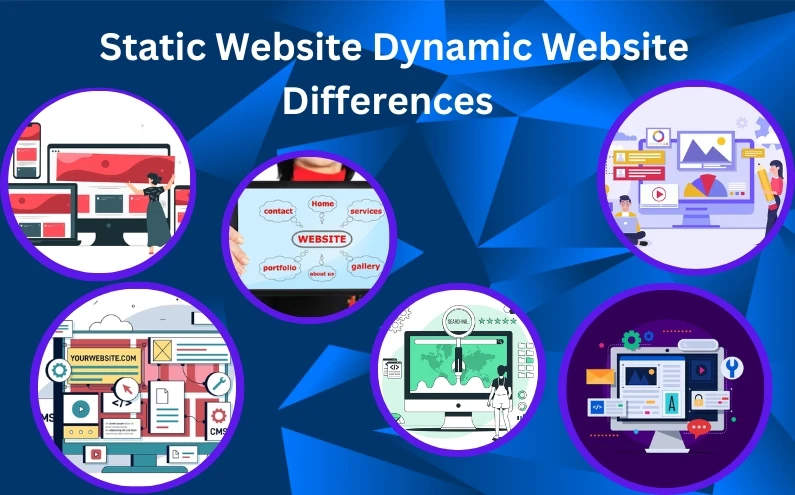Static Websites: Simplicity And Speed

Advantages Of Static Websites
- Speed: Since static sites consist of pre-rendered files, they load quickly. This is crucial for providing an optimal user experience, as slow-loading websites often lead to higher bounce rates.
- Security: Static websites are generally more secure since they lack dynamic elements that can be exploited by hackers. With fewer moving parts, there are fewer vulnerabilities to be exploited.
- Simplicity: Static sites are easy to create and require less technical knowledge. They’re ideal for small businesses, blogs, and portfolios that don’t require frequent updates or complex functionalities.
- Cost-Effective: Hosting a static site is cost-effective as it requires less server resources compared to dynamic sites. There’s no need for a database server or server-side scripting environment.
- Reliability: Since there are no database connections or complex scripts involved, static websites tend to be more reliable and less prone to crashes.
Disadvantages of Static Websites
- Limited Functionality: Static sites are limited in terms of functionality. They are suitable for displaying content but struggle with interactive features like user logins, commenting systems, and personalized content.
- Updates Can Be Cumbersome: If you have many pages on a static site and need to make a universal change, you’ll have to manually update each page, which can be time-consuming and prone to errors.
- Scalability: As your website grows and requires more complex features, managing a large number of static pages can become unwieldy.
Dynamic Websites: Interactivity And Flexibility

Advantages Of Dynamic Websites
- Interactivity: Dynamic sites can provide a highly interactive user experience. They can include features like user accounts, commenting systems, search functionality, and customized content based on user preferences.
- Easy Content Management: With dynamic websites, content management becomes more efficient. A centralized database means you can update or modify content in one place, and it will reflect across the site.
- Scalability: Dynamic websites are more scalable for larger projects. Adding new content or features is easier as it involves updating the database rather than creating individual HTML files.
- Personalization: Dynamic websites can display personalized content to users based on their behavior, preferences, and previous interactions.
Disadvantages Of Dynamic Websites
- Complexity: Building and maintaining dynamic websites require a higher level of technical expertise. You need to manage databases, server-side scripting, and potential security vulnerabilities associated with these technologies.
- Slower Load Times: Dynamic websites can be slower to load due to the server-side processing required to generate content.
- Higher Costs: Setting up and hosting a dynamic website can be more expensive. You’ll need a server with database capabilities and potentially more advanced hosting solutions.
- Security Concerns: Dynamic websites are more vulnerable to security breaches due to their reliance on server-side scripts and databases. Regular updates and security measures are essential to mitigate these risks.

Choosing The Right Approach
In conclusion, both static and dynamic websites have their merits and drawbacks. Understanding your requirements and weighing the pros and cons of each option will guide you toward the most suitable choice for your web development project. Whether you opt for the simplicity and speed of a static site or the interactivity and flexibility of a dynamic site, the key is to create a seamless and engaging user experience that aligns with your goals.

